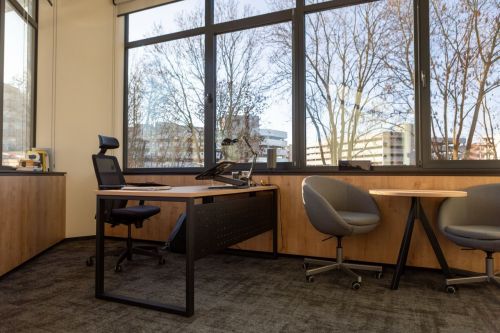As Krystyna Pietruszyńska, the director of the investment apartment market team at JLL explains, the institutional rental market in Poland has been in existence for less than ten years, with the first projects being developed by the Fundusz Mieszkań na Wynajem fund, which is owned by BGK bank. “In 2015, the total transaction value was just over EUR 100 mln, but since that time many more investors have entered the Polish institutional investment market. 2021 turned out to be a record year in terms of the total value of transactions, which then came to over EUR 640 mln,” she points out. She also mentions that the largest share by far of the capital in PRS has come from abroad, so it is hardly surprising that is it has mainly been invested in Poland’s largest cities. “Warsaw accounts for around 42 pct of the market and it is here that most of the new homes are planned – more than 17,000. Wrocław and Kraków are also of interest to investors, accounting for































































